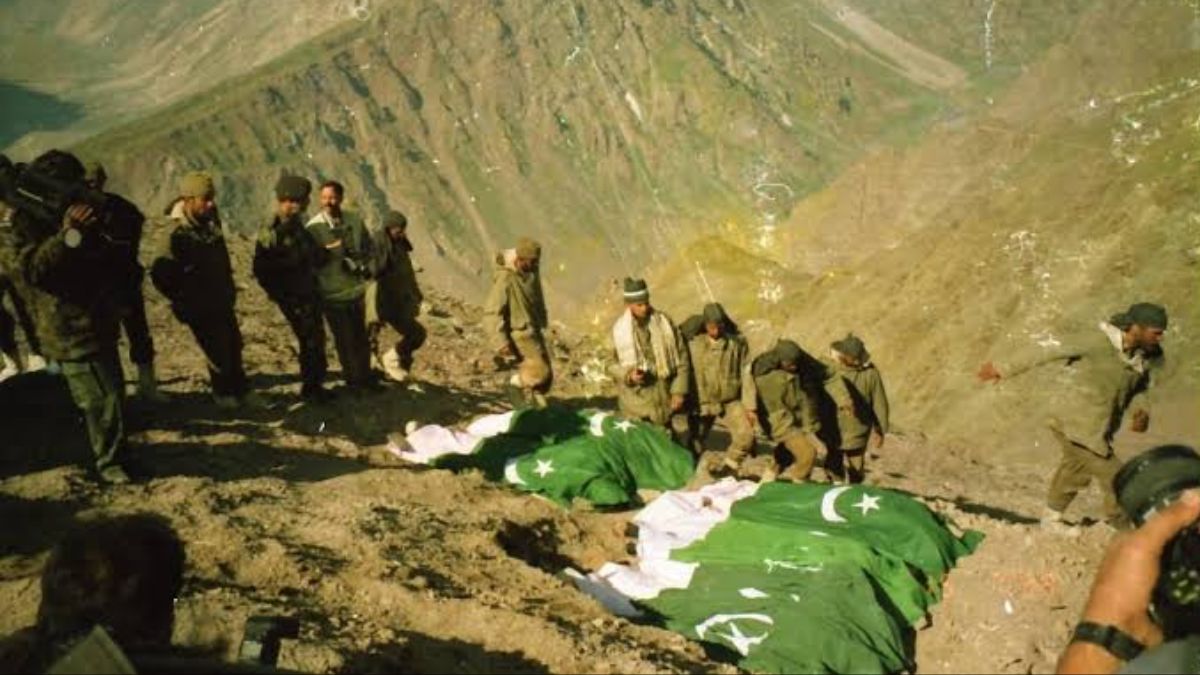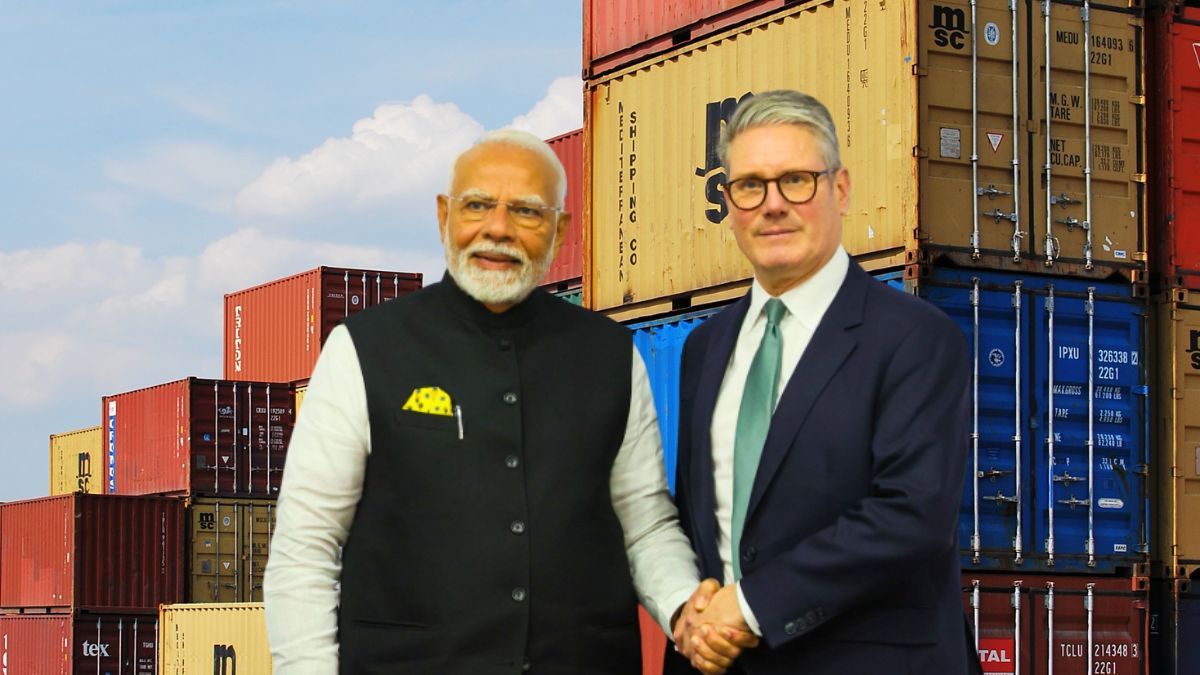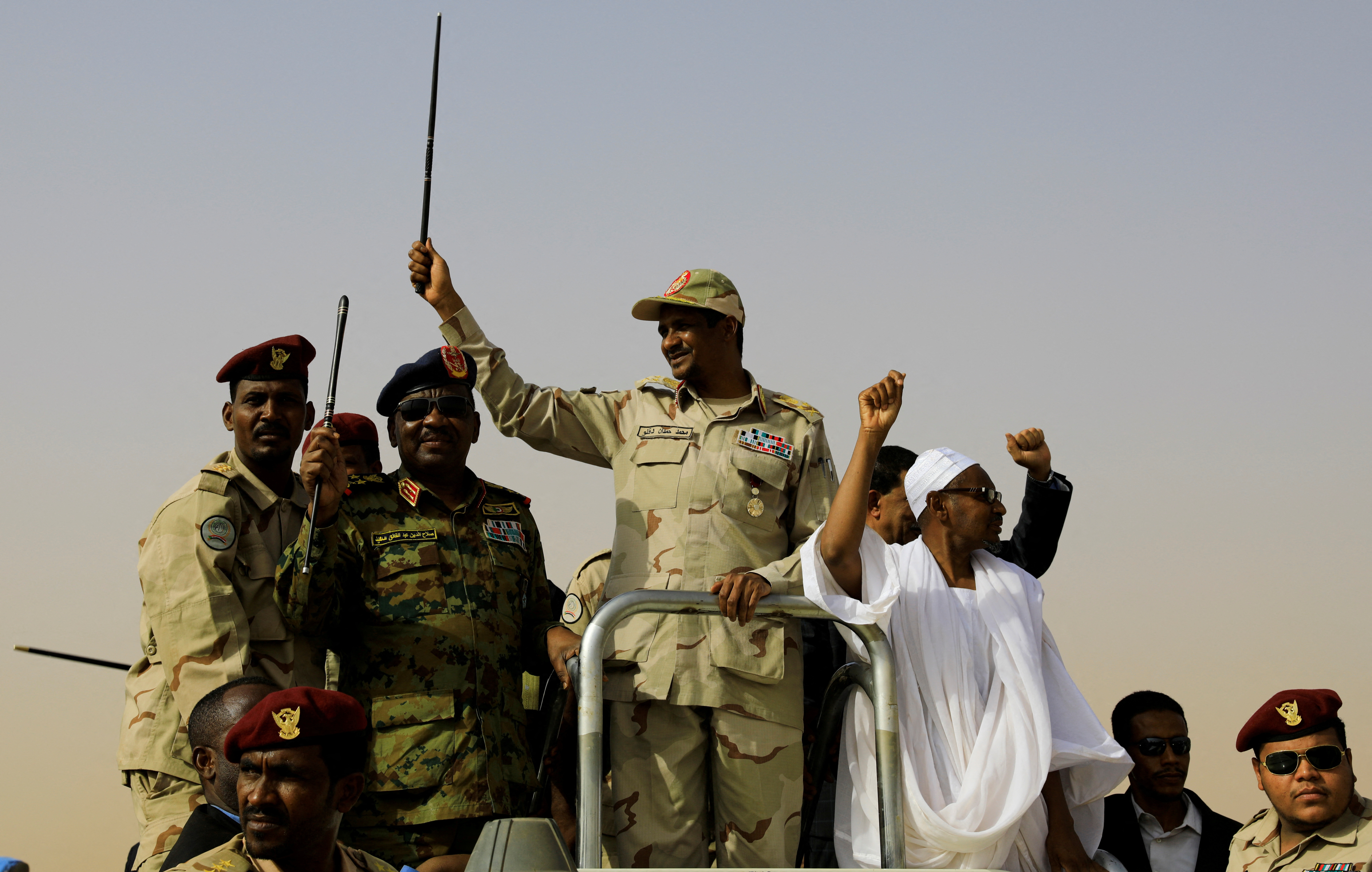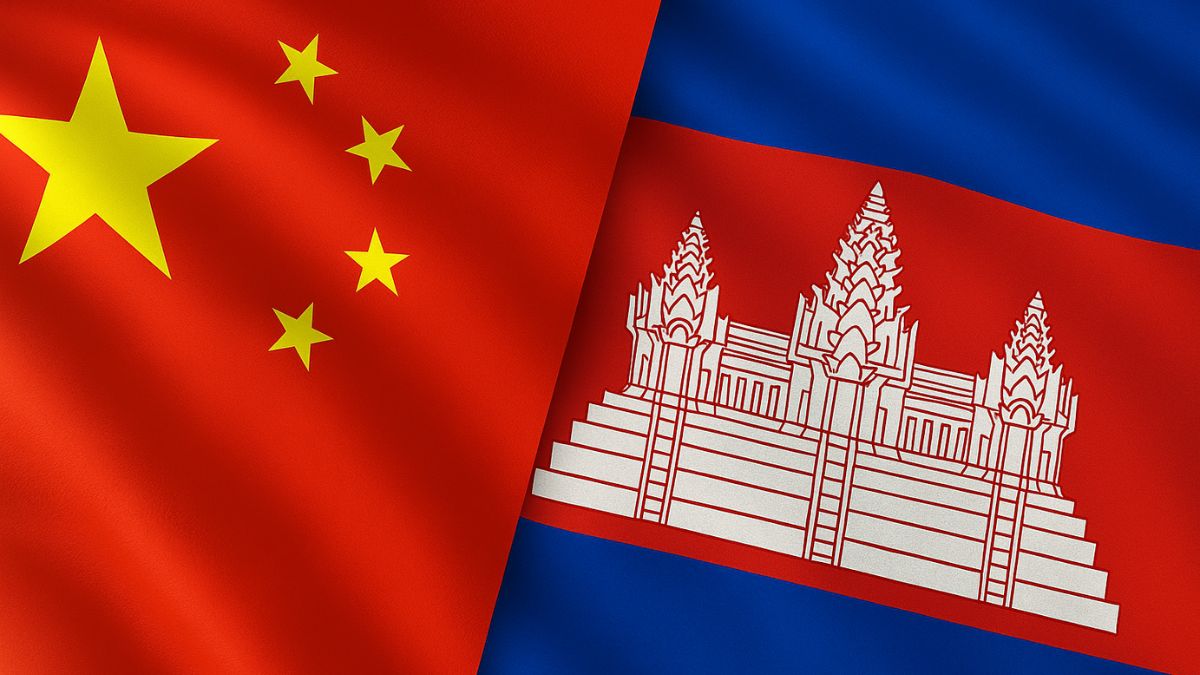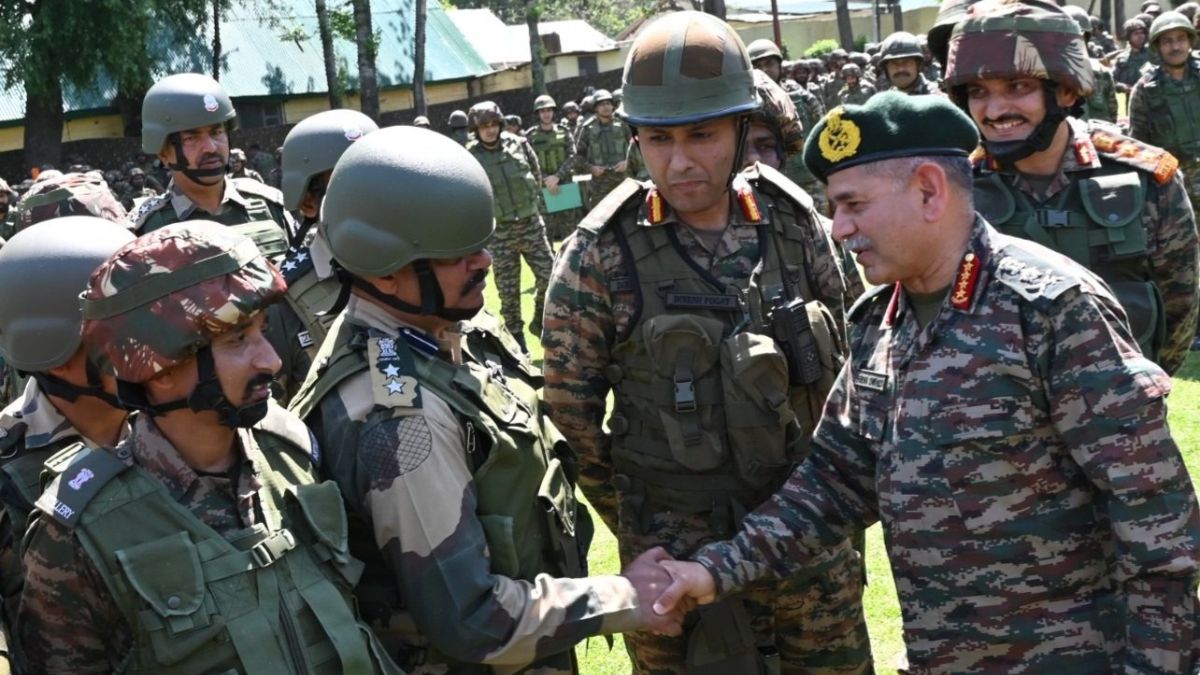India, China Hold Meeting On Border Situation Amid Lull In Tensions: Its Timing Is Everything
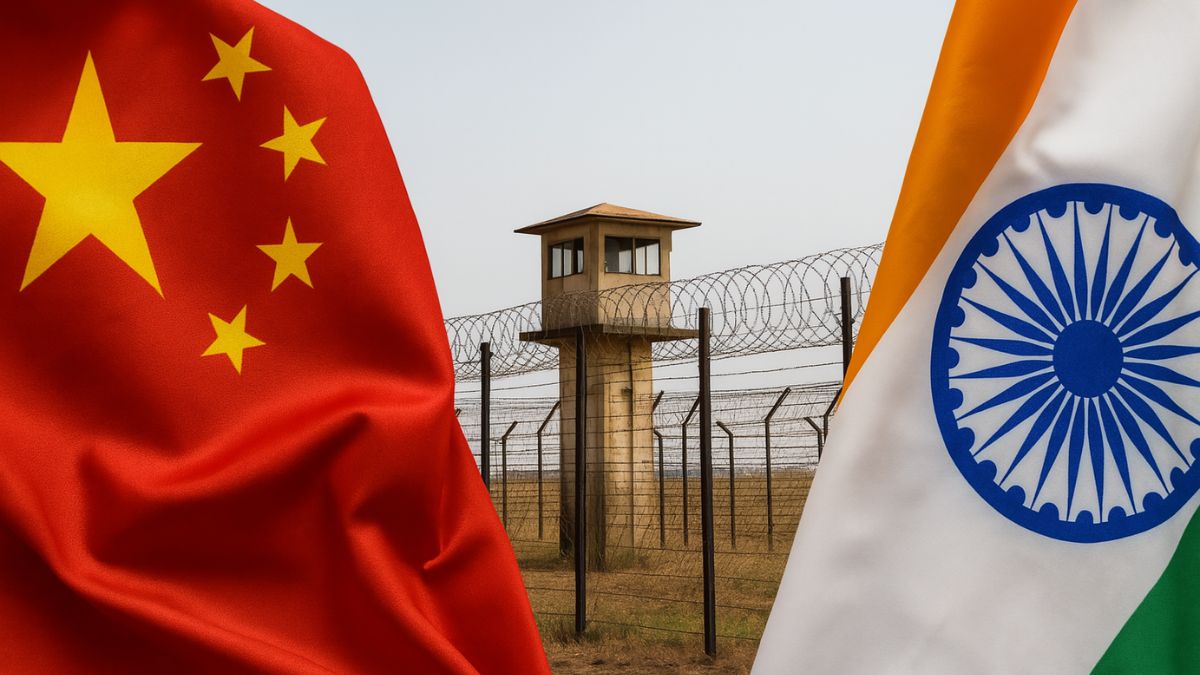
Image courtesy: AI-generated picture via DALL-E
India and China held the 34th meeting of the Working Mechanism for Consultation and Coordination on Border Affairs (WMCC) in New Delhi on Wednesday (July 23), amid a relative lull in tensions along the Line of Actual Control (LAC).
The talks, led by senior diplomats from both sides, focused on maintaining stability and preparing the ground for the next round of Special Representatives (SR) talks on the boundary question later this year, India’s Ministry of External Affairs said.
The two countries acknowledged the current calm in border areas. “The two sides[…]expressed satisfaction with the general prevalence of peace and tranquility in the border areas, leading to gradual normalisation of bilateral relations,” the MEA statement read.
What is Working Mechanism for Consultation and Coordination on Border Affairs?
The WMCC was established in 2012 as a diplomatic platform to discuss and manage border-related issues between the two countries, particularly in the aftermath of tensions or stand-offs.
The SR mechanism, created in 2003, remains the only political-level platform to attempt a long-term resolution of the boundary issue through mutual consensus.
What was discussed at the India-China meeting?
The Indian delegation was headed by Joint Secretary (East Asia) Gourangalal Das, while the Chinese side was led by Hong Liang, Director General of the Boundary and Oceanic Affairs Department. The officials reviewed the prevailing situation along the India-China border, noting an improvement in conditions compared to previous years of military standoffs.
Discussions centred on advancing effective border management and sustaining peace through diplomatic and military channels. The meeting built on the agenda set during the 23rd round of SR talks in Beijing in March 2024, where a phased withdrawal from Depsang and Demchok had been proposed. Although that round had yielded no breakthroughs, it restored a degree of momentum to the dialogue process.
The two sides also used the opportunity to prepare for the next SR-level meeting, to be held in India later in 2025. The Chinese delegation leader also met with India’s Foreign Secretary during his visit, reflecting the political weight attached to the ongoing boundary consultations.
Why is the timing of India-China meeting important?
The timing of the 34th WMCC meeting on Wednesday is highly significant, coming on the heels of two high-level engagements between India and China:
- External Affairs Minister S. Jaishankar’s visit to China in January 2025, and
- Defence Minister Rajnath Singh’s visit to the Shanghai Cooperation Organisation (SCO) Defence Ministers’ Meet in April 2025, where he met his Chinese counterpart.
Additionally, the mention of the next round of Special Representatives (SR) talks builds on National Security Advisor Ajit Doval’s meeting with Chinese Foreign Minister Wang Yi in Beijing in March 2024 during the 23rd round of Special Representatives (SR) talks.
The WMCC convening shortly after visits by both the Indian defence and external affairs ministers signals deliberate political continuity. It suggests that political intent expressed during top-level talks is now being funnelled into practical diplomatic and military coordination.
Summer months historically see a spike in patrols and forward deployments on both sides along the LAC. With India upgrading strategic assets like the Nyoma airstrip and DBO connectivity, and China also stepping up infrastructure and deployments, this India-China meeting could serve to prevent misunderstandings and limit escalation.
Is there real progress toward resolving the boundary dispute?
Although tactical disengagement has occurred at several flashpoints since the 2020 Galwan clashes, major friction zones such as Depsang Plains and Demchok remain contested.
The decision to resume SR talks in late 2025 indicates a willingness to move beyond piecemeal confidence-building towards addressing the core dispute. However, both countries continue to hedge: India by enhancing its military readiness, and China by reinforcing infrastructure across the LAC in Tibet.
Key upgrades by India include the rapid development of the Nyoma airbase in eastern Ladakh, just 30 kilometres from the LAC, where a 3-kilometre paved runway is expected to be operational by October for fighter jet deployment.
Further north, India is progressing on a 130-kilometre alternate road from Sasoma to Daulat Beg Oldie via Saser La, aimed at reducing the vulnerability of troop and equipment movement to Chinese surveillance. This new route, slated for completion by late 2026, provides a more secure logistical link to the sensitive Depsang sector.
